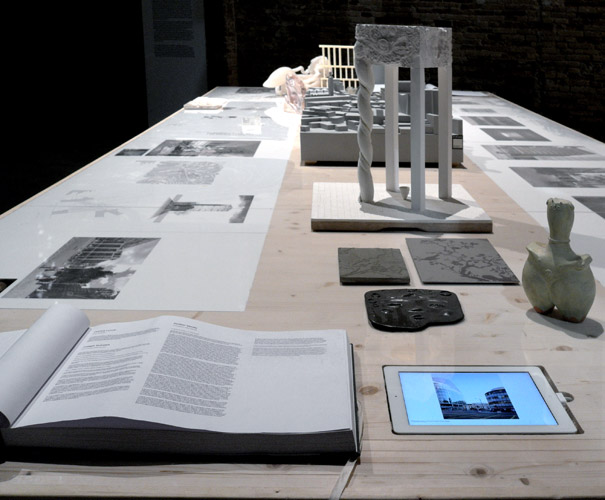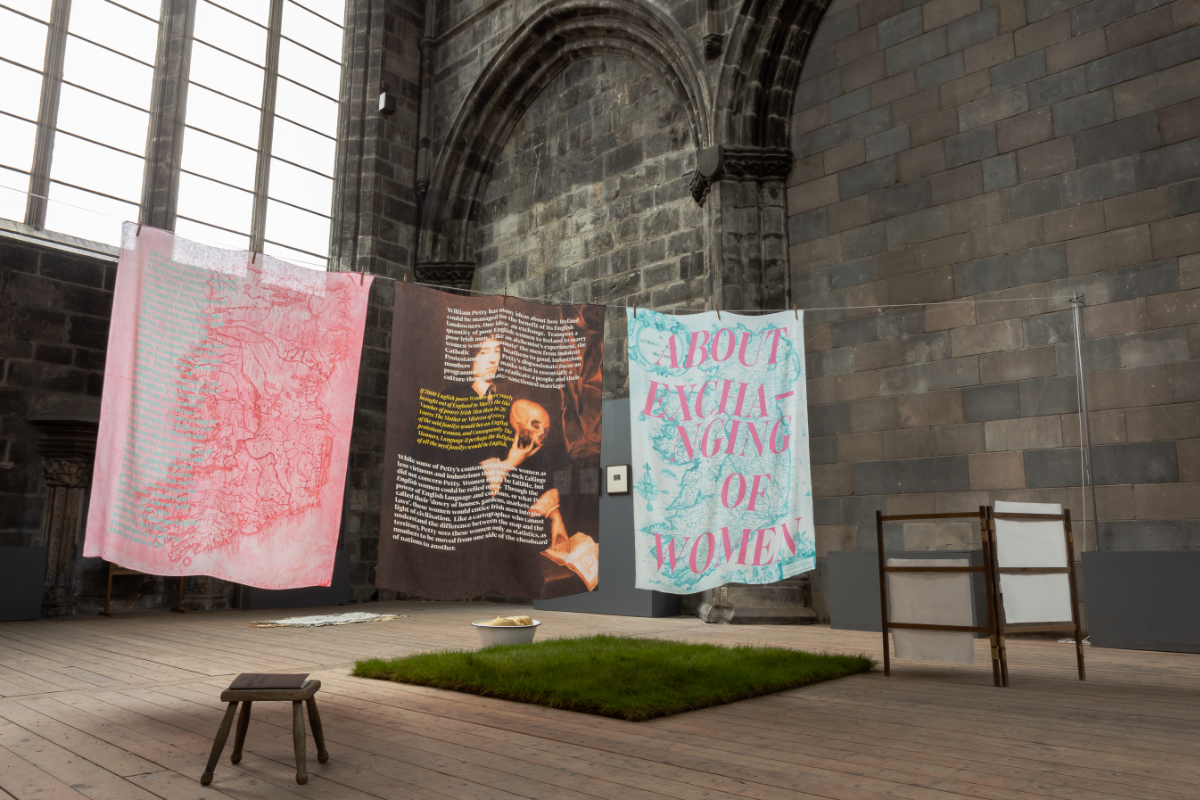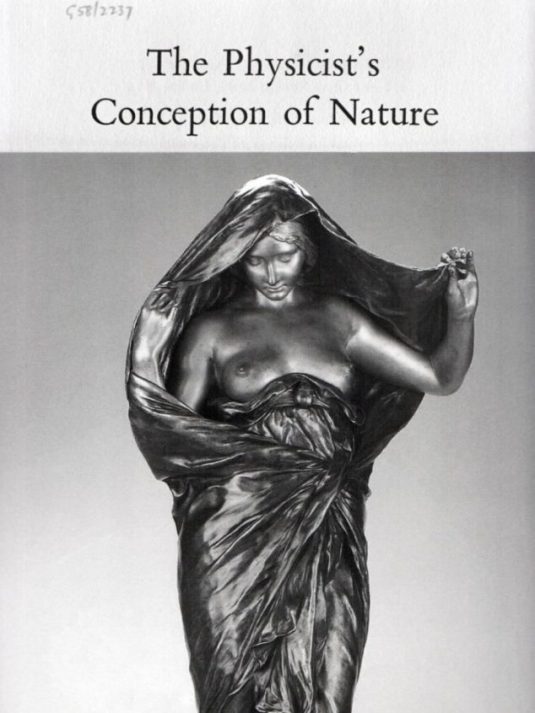Inhabitable Models, featuring the work of three London-based practices – Patrick Lynch, Eric Parry, Haworth Tompkins – was an installation I curated at David Chipperfield’s 2012 Venice Architecture Biennale.
Project Text
Inhabitable Models presents the work of three practices –Eric Parry Architects, Haworth Tompkins, Lynch Architects – who find their common ground in an engagement with London, as a city of found fragments. Perhaps uniquely among world cities London exists as a series of largely unplanned, independent, layered fragments which nonetheless come together for a host of legal, political, and economic practicalities. In responding to this conception of London, each practice seeks to resist the temptation of “hallmark” architecture in favor of one which is contextually sensitive and rigorously place-specific. Indeed, the practices’ appreciation of the fragmentary and unplanned applies both to the London that they find, as well as to the London they leave behind.
Linked to the trio’s shared engagement with London “as found” is their understanding of public space as the common territory between architectural fragments. From playful socializing to political protest, these often unplanned shared territories offer a place for the acts of everyday London life to take place. In a city in which the daily theater of life is played out un urban stages that exist despite the lack of designed public spaces, such shared spaces take on a key importance in London life. This exhibition is an attempt to directly engage visitors with these ideas through spatial representations of the work of each practice. The installation features a series of three large-scale building fragments, which represent the work of Parry at St. James’s Gateway in Piccadilly, Lynch’s city quarter on Victoria Street in Victoria, and Haworth Tompkins at the Young Vic in the South Bank. The installation maintains the self-identity of each structural fragment while revealing an additional layer of common ground between the three projects: and attempt to articulate place and decorum through the generous creation of settings for art and public life in the city. Documentary films and a variety of related architectural content accompany the structures to further illustrate the work of the practice and to add a richness to the visitor’s understanding of fragmentation, theatricality, and public life in London’s shared spaces.














